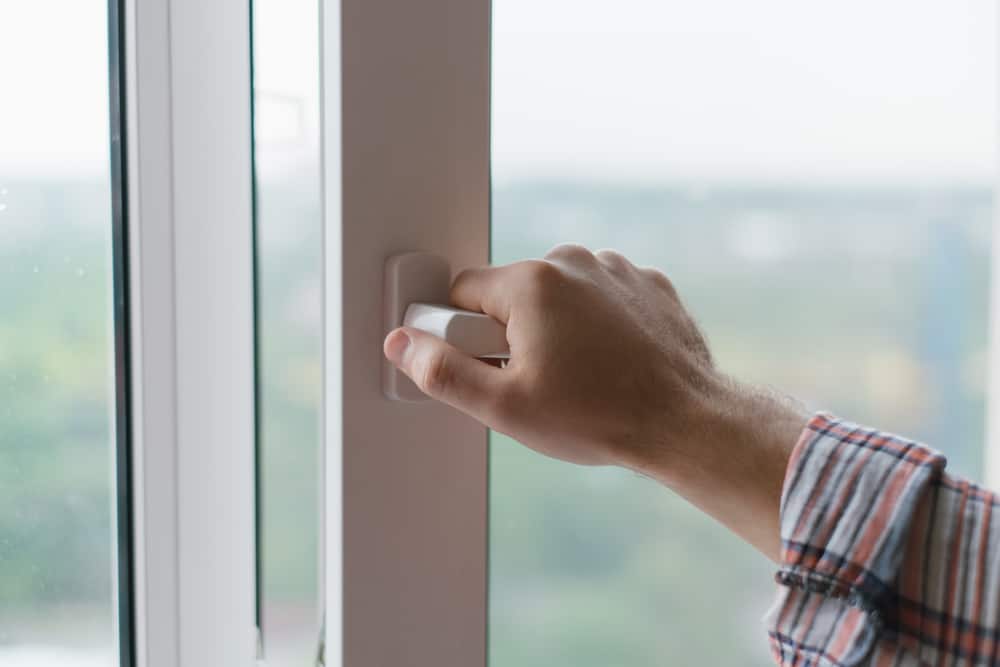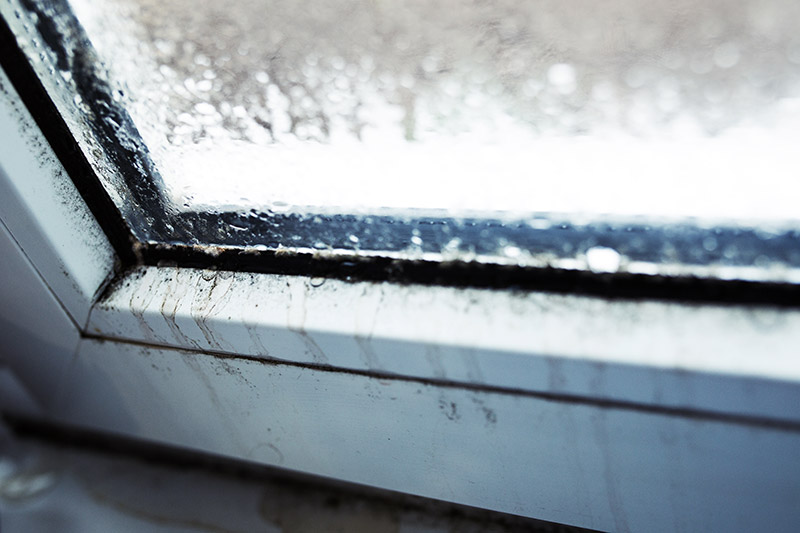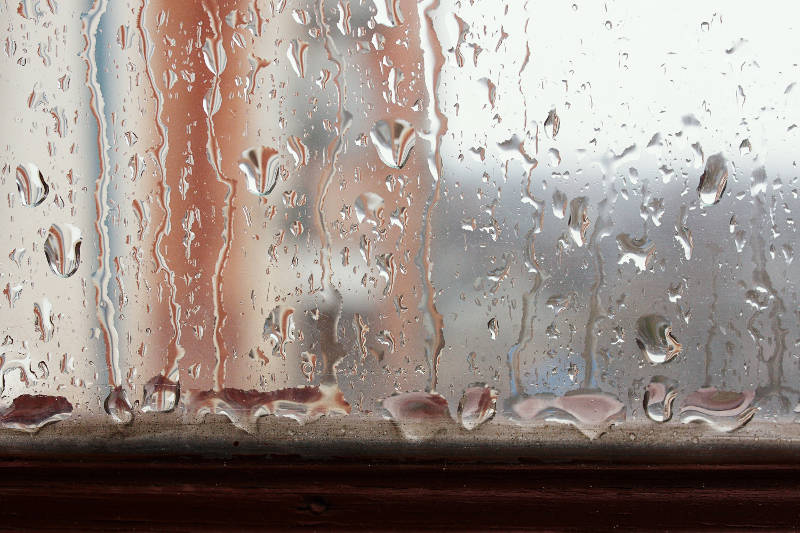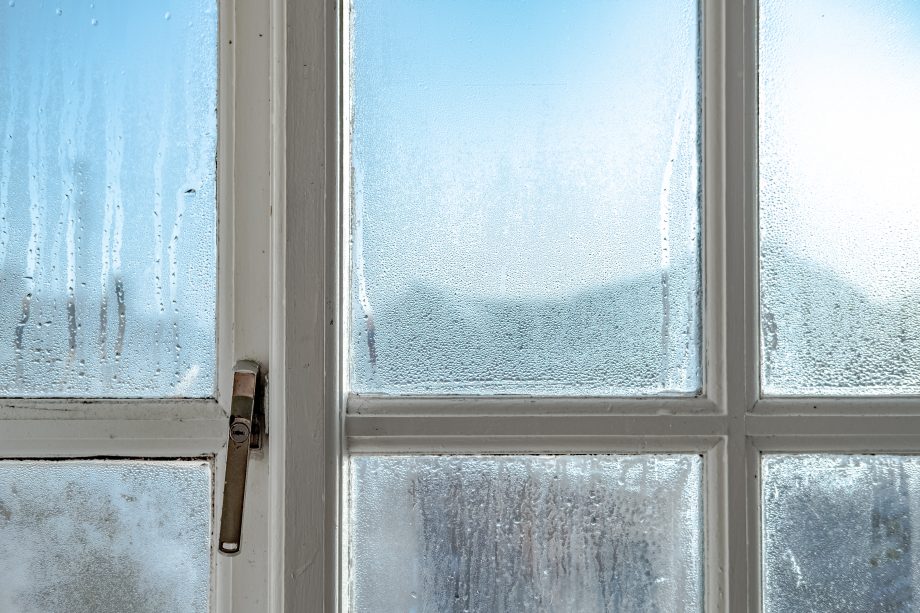
Broken Window Panes
Broken panes pose a potential safety concern to you and your family. They can let your interior heating and cooling out or allow the outdoor elements to seep in. During stretches of extreme heat or freezing temps, a broken window can increase your energy costs while decreasing your comfort.
Even if it’s a small crack or break, the whole pane may need to be replaced. That might be a weekend project you can handle. But depending on how the window was glazed, it could call for a lot more work. You may need to replace the entire sash or look into replacing the whole unit instead.
Windows That Won’t Open
A sticking sash or creaking crank often has a straightforward solution: clean your window. Dirt and grime can accumulate if you or the previous homeowner neglected window maintenance responsibilities. Returning to your routine maintenance may resolve the issue. If locks, hardware and other parts are broken or still impeding the function of your window, installing replacement parts may be the solution.


Drafty Windows
A broken pane could be a reason for a draft or leak in your window. There are a variety of other potential causes too. Caulk and weather stripping are inexpensive items you can pick up at the hardware store and fix yourself. A sash that is warped, damaged or no longer fits properly can be replaced. To start, check if the window is plumb, level and square by using a level and a tape measure. You may find that the whole window unit was installed incorrectly or shifted as your home settled. In that case, it needs to be replaced or reinstalled.
Water Coming Through the Window
When water’s getting inside, it may be coming in somewhere around the window. That might mean the exterior window casing is faulty. Or it could mean you just need to clean your gutters. Once you find where it’s coming in and why, you can make those exterior fixes.
If water proves to be coming through the window itself or you’ve noticed signs of water damage – cracking, peeling and warping – you need to find out why. Inspect the window just like you’re looking for a draft. It could be a simple fix like adding some new weather stripping. Or it could be a major functional issue and you need to replace the window.


Foggy Windows
When your windows are all fogged up, it’s usually just window condensation. And that’s something you can typically reduce or completely get rid of yourself. It’s also something you will want to do because any moisture on your windows can lead to damage over time.
First, check to see where the window condensation is coming from: inside, outside or in between two panes of glass. The fix depends on the location.
